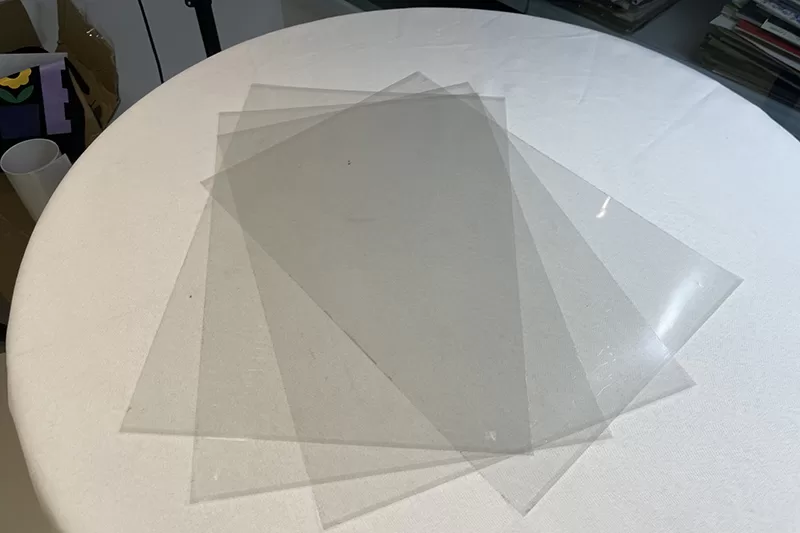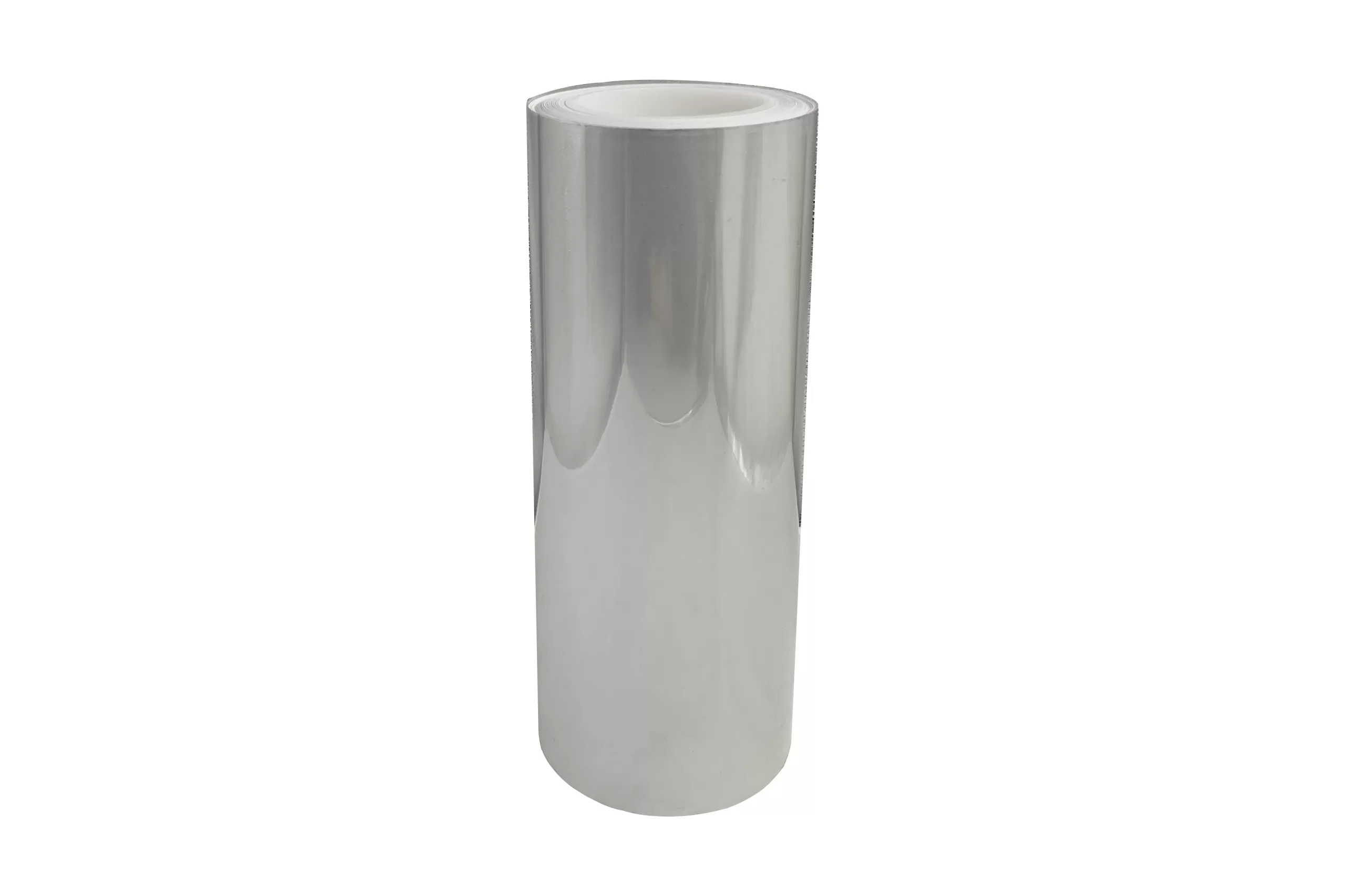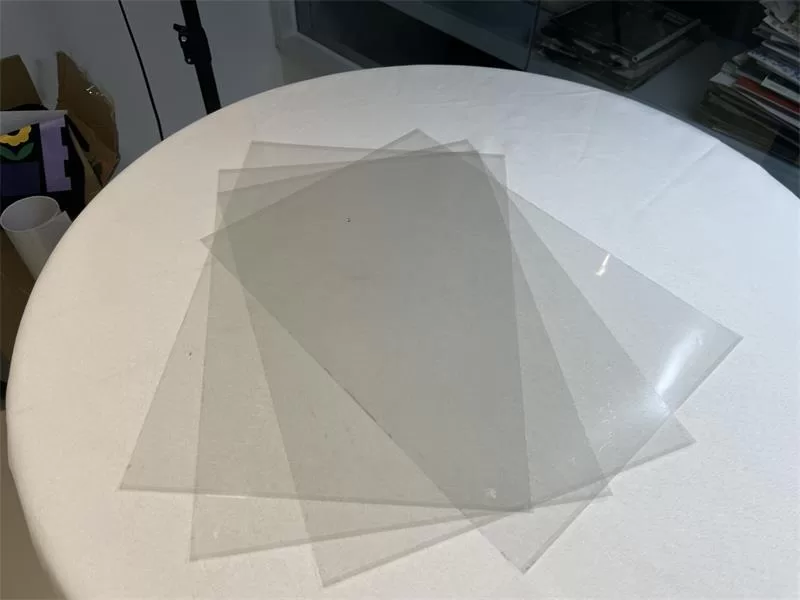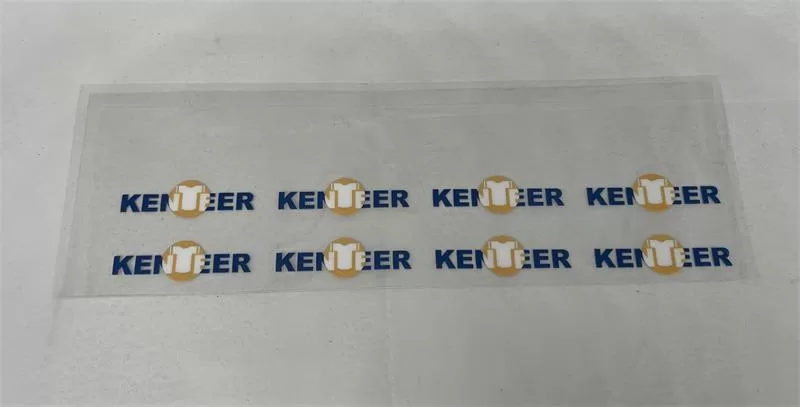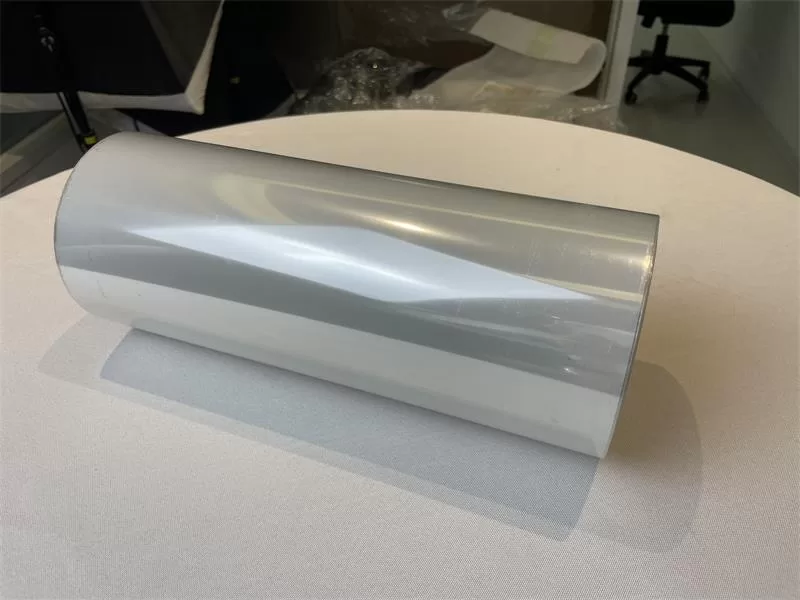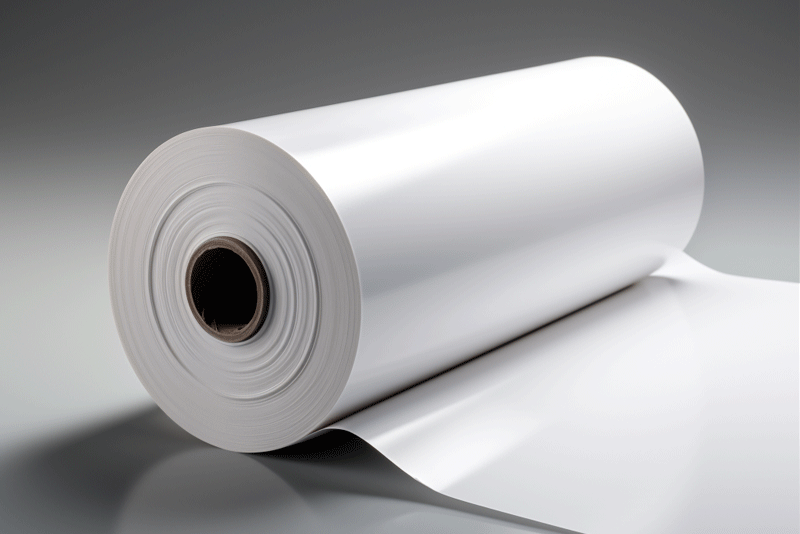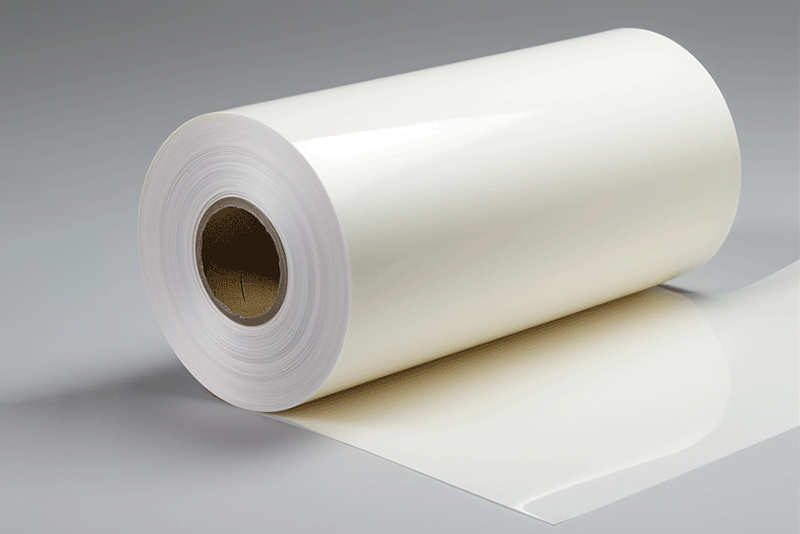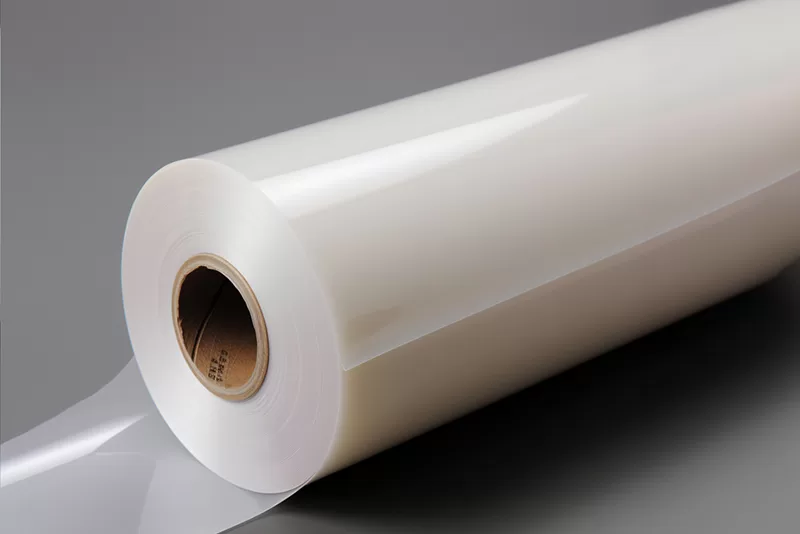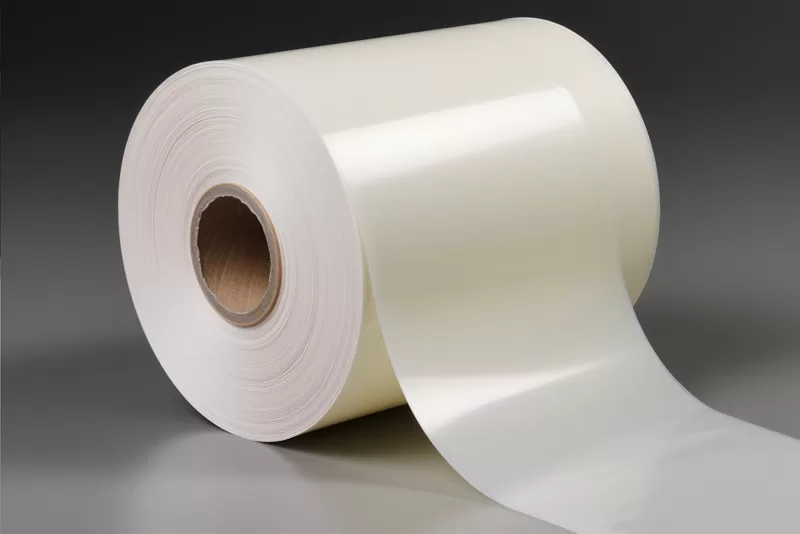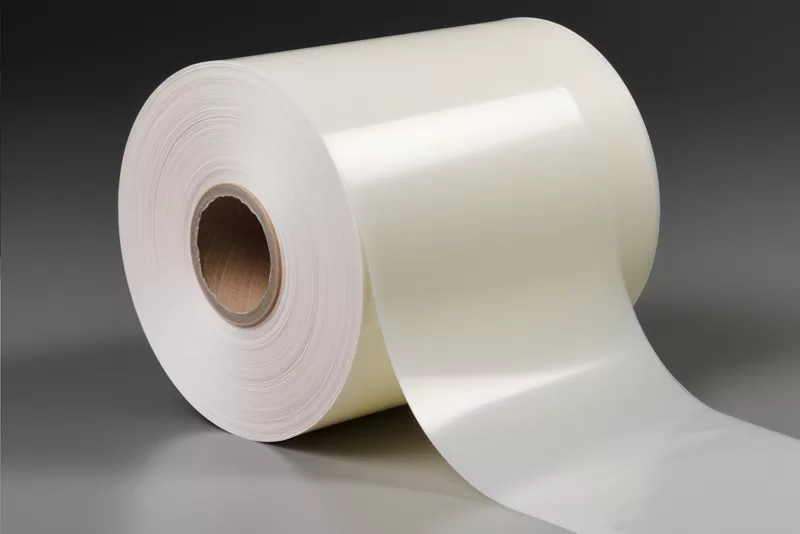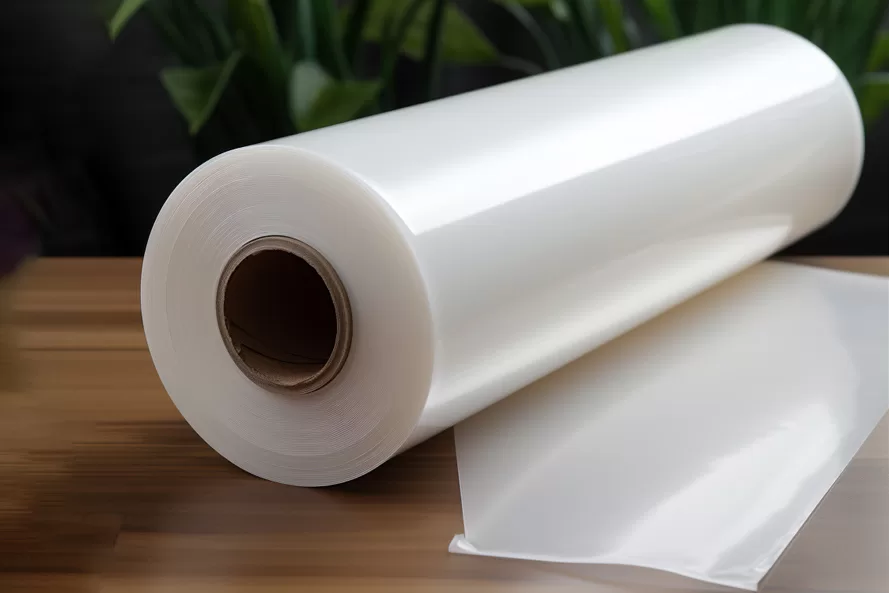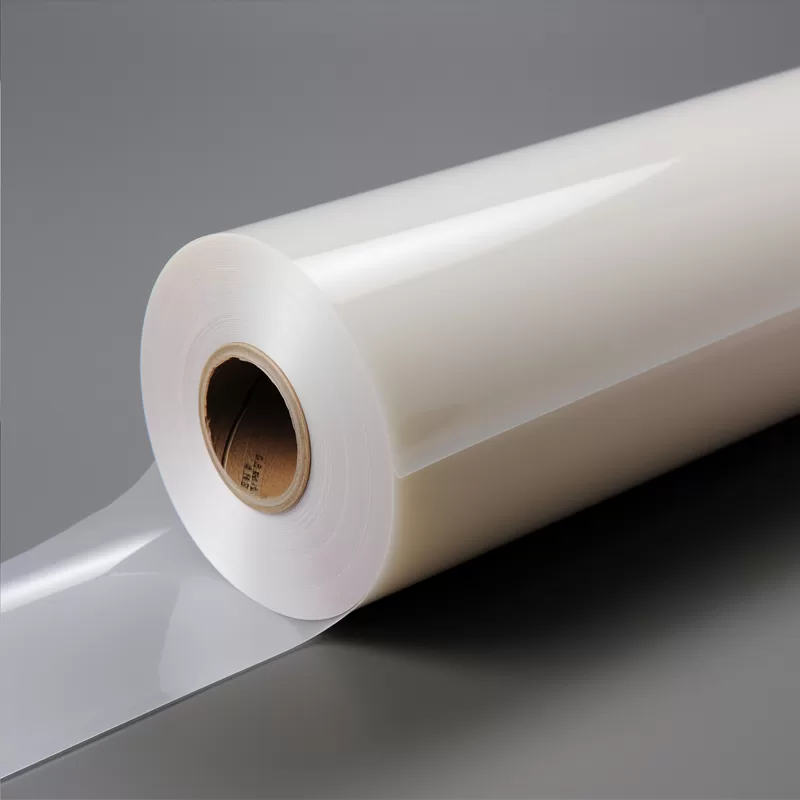UV DTF film has made many innovations and advancements in the printing industry. These advances increase the quality, efficiency and versatility of UV DTF printing. Here are some innovations and advancements in UV DTF film:
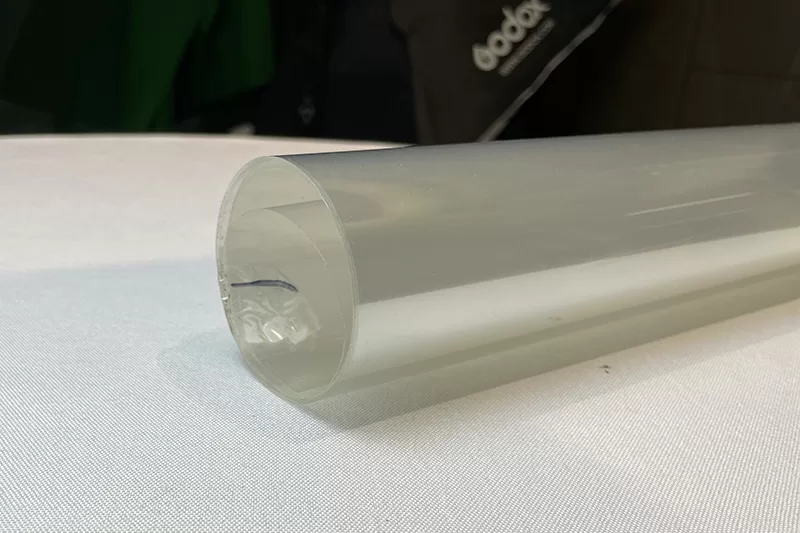
1. Improve printing quality: The advancement of UV DTF film technology has improved the printing quality. The manufacturer has developed a film that enhances ink adhesion, enabling sharper, brighter prints on a variety of substrates. The improvement of printing quality has expanded the application range of UV DTF printing.
2. Extended color gamut: UV DTF film now offers extended color gamut for more accurate and accurate color reproduction. UV DTF printing has a wider color range and can achieve bright and realistic effects, suitable for high-end graphics, product packaging and textile printing.
3. Special effects and finishes: UV DTF films can now create special effects and finishes. Manufacturers have developed films with metallic, glossy, matte and textured finishes, enabling businesses to achieve unique and eye-catching designs. These special effects enhance the visual appeal of UV DTF printing and create opportunities for creative applications.
4. Faster printing speed: Advances in UV DTF film and printer technology have increased printing speed. UV DTF printers can now print faster, increasing throughput and reducing turnaround time. This development is especially beneficial for businesses that need to print quickly and efficiently.
5. Environmental Sustainability: Many UV DTF film manufacturers focus on sustainable and environmentally friendly solutions. They are developing films that do not contain harmful chemicals and use less energy in the production process. Additionally, UV DTF printing does not require traditional screen preparation and reduces waste, making it a more sustainable option than other printing methods.
6. Compatibility with various substrates: UV DTF film is widely used and compatible with various substrates. Now available for textiles, ceramics, glass, metals, plastics and more. This versatility opens up new opportunities for UV DTF printing across industries, including signage, promotional products and industrial applications.
7. Improved durability and washability: UV DTF films now offer improved durability and washability. Prints made from UV DTF film can be washed and exposed to various environmental conditions repeatedly without fading or deterioration. This advancement makes UV DTF printing a viable option for textiles and other applications requiring durability.
8. Integration with digital workflow: UV DTF printing is more integrated with digital workflow. Advanced UV DTF printers now offer a software solution that simplifies the printing process for easier file preparation, color management and print operations management. This integration increases the overall efficiency and productivity of UV DTF printing.
These innovations and advancements in UV DTF film have revolutionized the printing industry, providing businesses with enhanced functionality, better quality, and greater versatility. As the technology continues to evolve, we can predict further advances in UV DTF films, which will continue to shape the future of printing.

